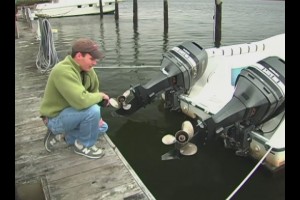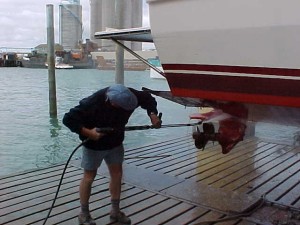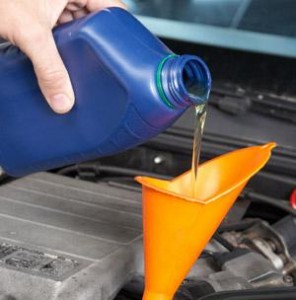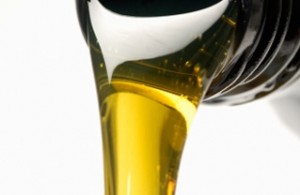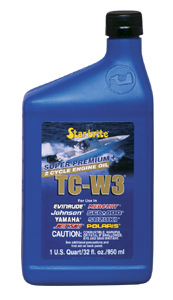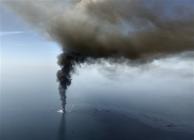Boat Engine Maintenance and Troubleshooting: Part Three
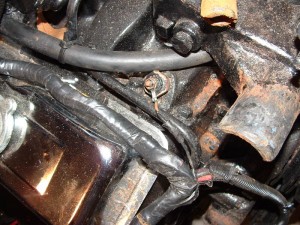 As the heart of the boat, the engine should be near the top of your maintenance hierarchy. Changing your 2 cycle oil is obviously crucial, but it’s not enough. Most marine engine damage stems from neglect of the cooling system. Since marine engines use the water they are in as a cooing agent, the contaminants in the water also flow through the cooling system.
As the heart of the boat, the engine should be near the top of your maintenance hierarchy. Changing your 2 cycle oil is obviously crucial, but it’s not enough. Most marine engine damage stems from neglect of the cooling system. Since marine engines use the water they are in as a cooing agent, the contaminants in the water also flow through the cooling system.
The water filters are the most important component to maintain in the cooling system. Opt for the premium models with metal strainers instead of plastic. Maintenance of the cooling system is particularly significant if you are boating in salt water. If this is the case, check regularly for rust around the gaskets, which is an indication that salt water is leaking out of the system.


